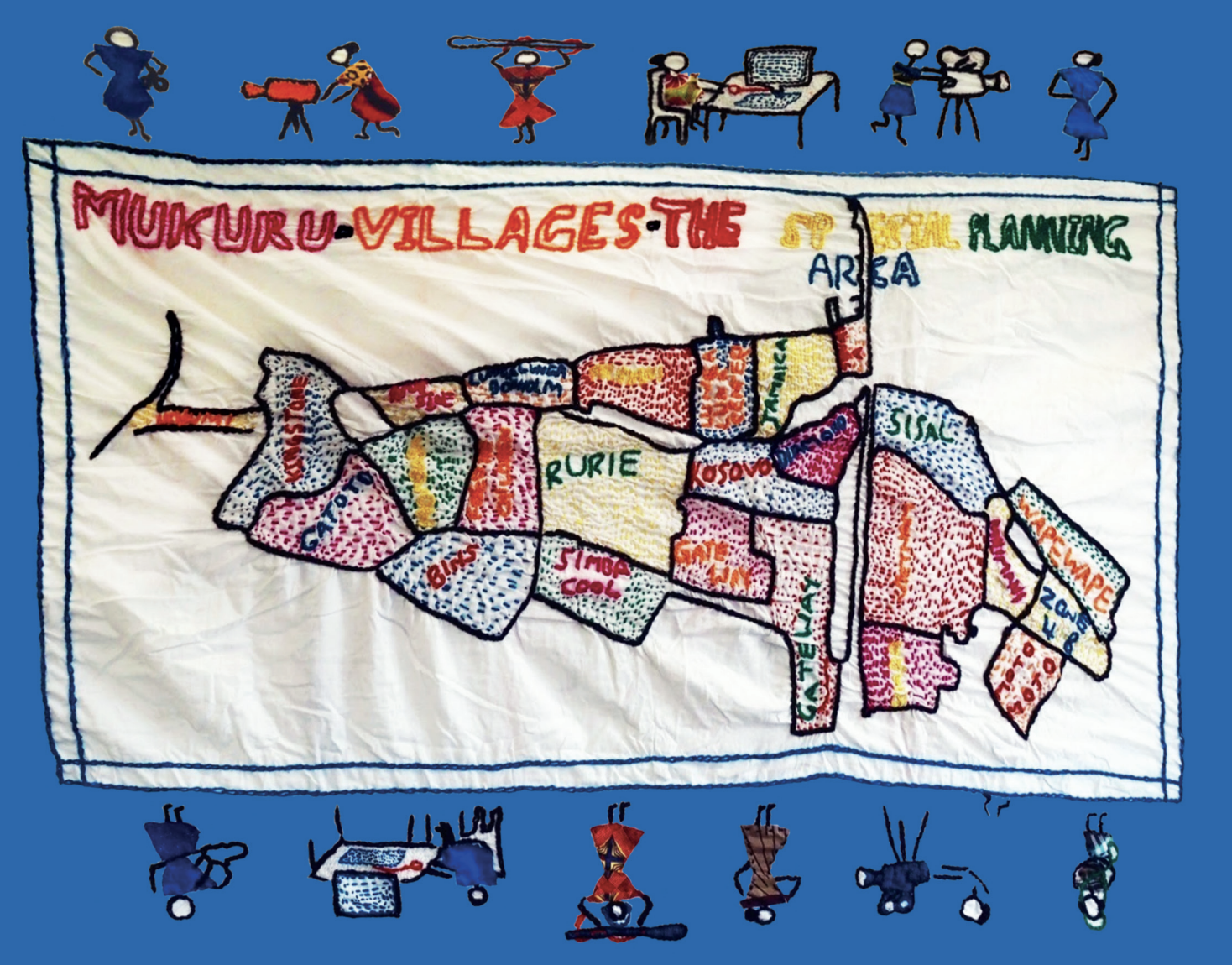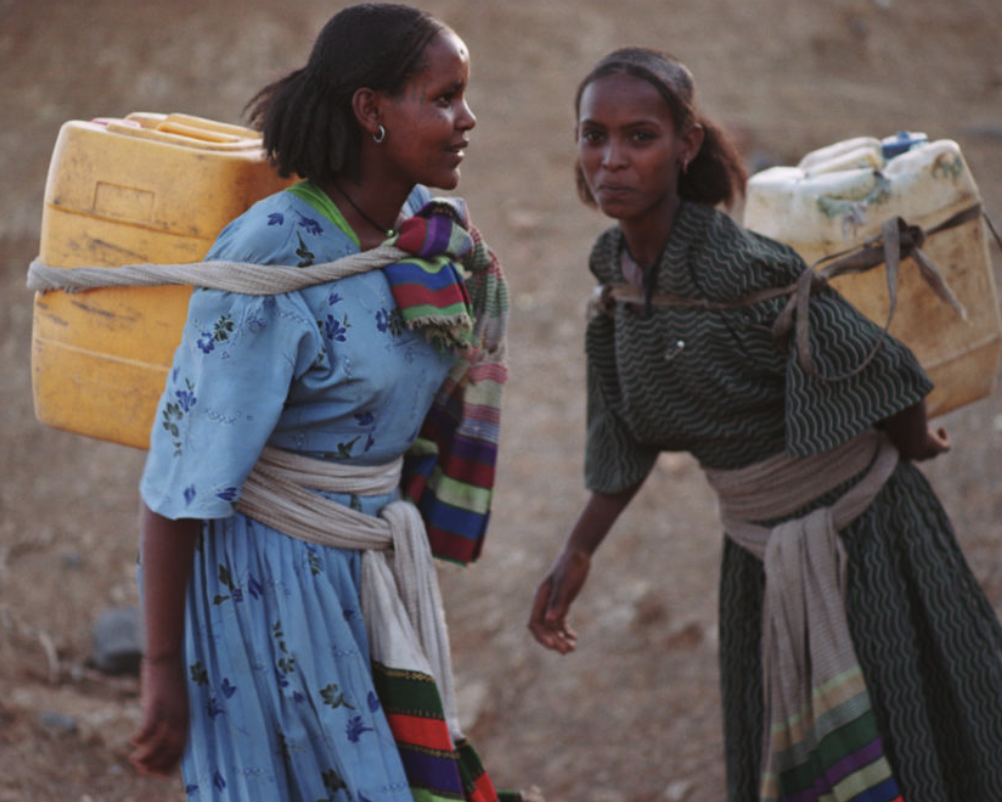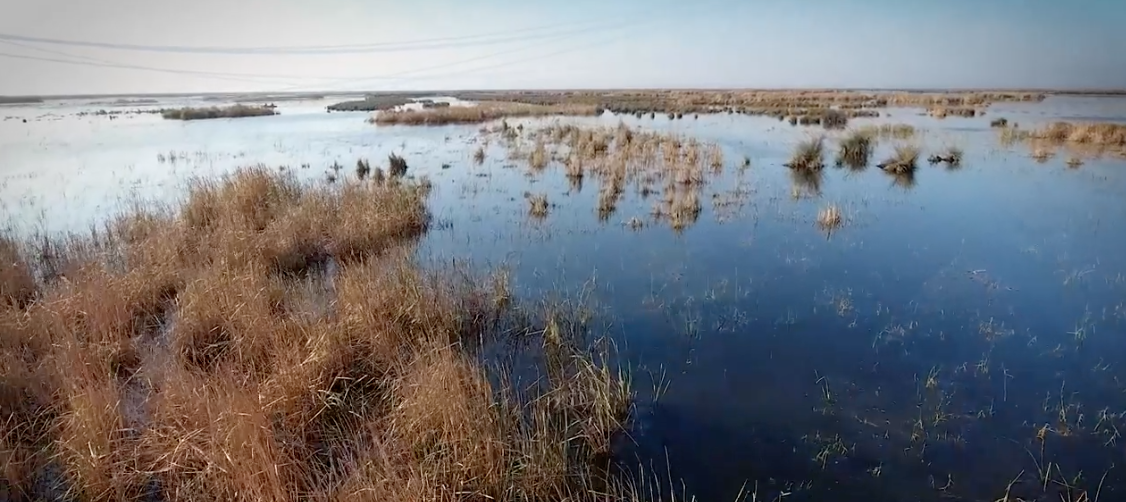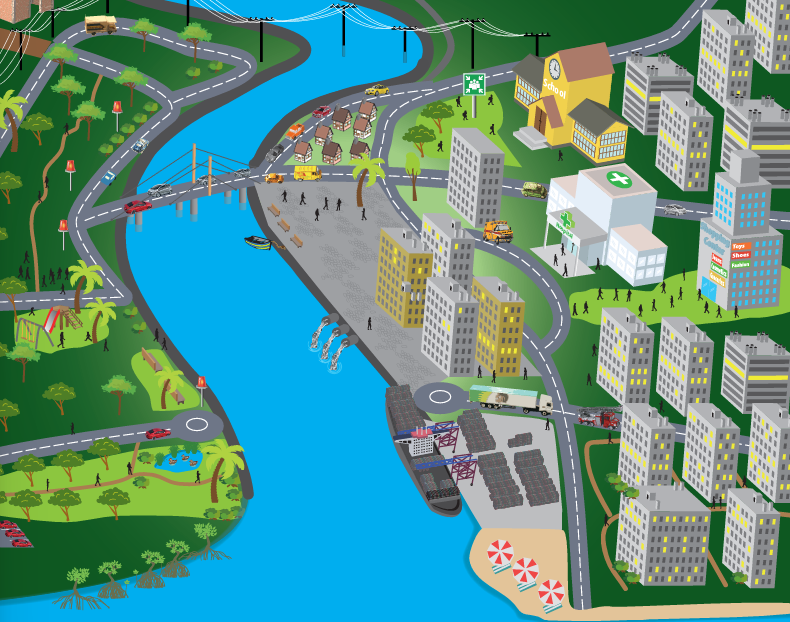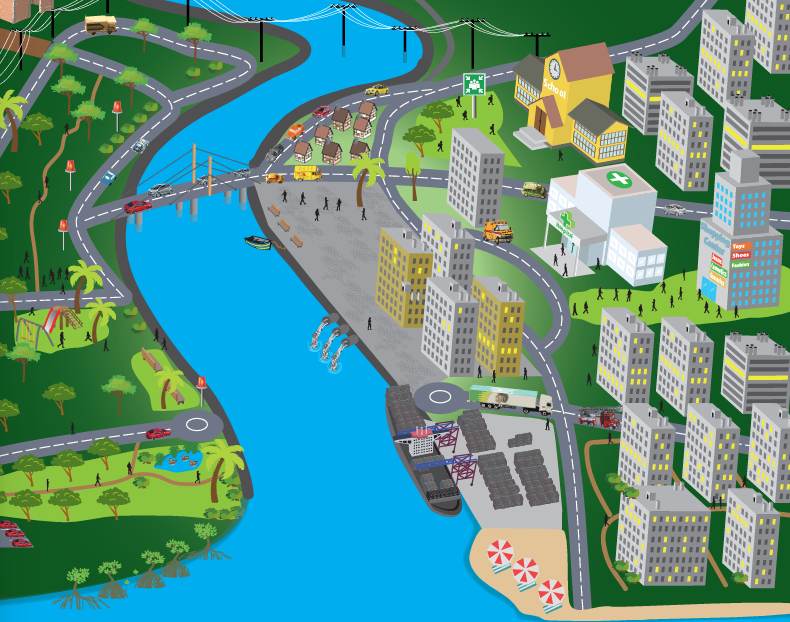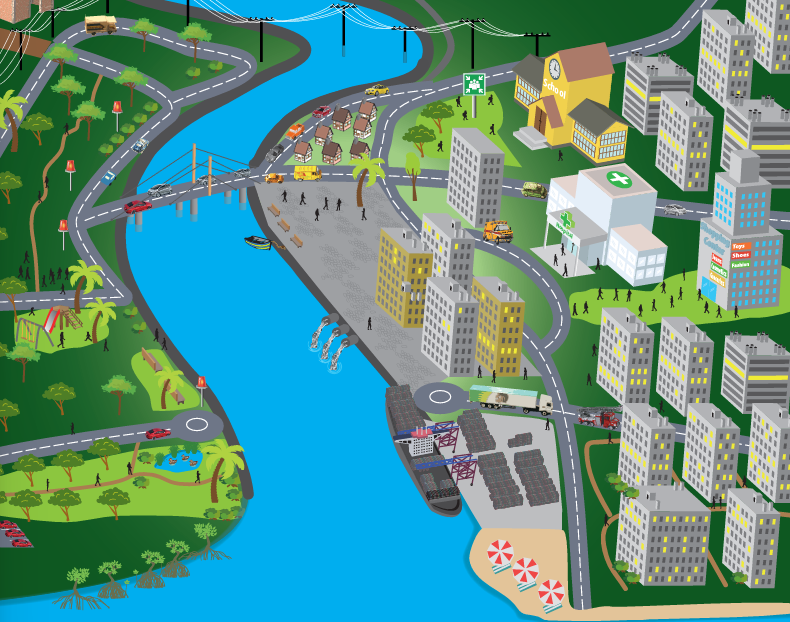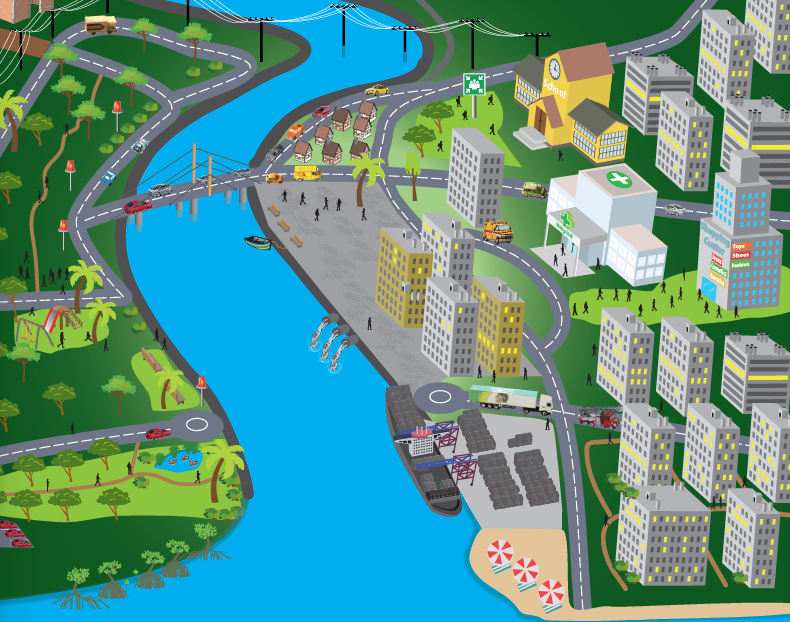basic infrastructure
Locally Led Planning: A Guide for Building Climate Resilience in Urban Informal Settlements
Discover resources for locally-led, inclusive, multisectoral upgrading for climate resilience in urban informal settlements in this guide. It aims to support a range of stakeholders to both build climate resilience in informal settlements and link locally led action with broader processes of urban and climate governance.
WASH Flows Tool
Explore this analytical tool aiming to combine both watershed management and water, sanitation and hygiene goals into a single planning process, encompassing all water supply sources.
Empowerment in WASH Index Tool
Learn about EWI: a pragmatic survey-based tool made to measure, monitor and carry out diagnostics of water, sanitation, and hygiene-related interventions, allowing for inclusive and equitable outcomes.
Ecosystem-based adaptation for beginners edX MOOC course
This EbA course will equip learners with transferable and replicable skills in designing and implementing EbA initiatives by offering targeted training on key principles, risk assessments, monitoring, and governance.
A Guidance on How to Interpret Climate Information for the Assessment of Climate Risks: Example of the Cai Lon – Cai Be Climate Risk Assessment (Vietnam)
The main challenge of integrating climate information into risk assessments are opposing approaches for assessing climate risks and adaptation options and its implications for the design of climate information products. This guide breaks down the process using Cai Lon – Cai Be climate risk assessment as an example.
Capacity Development for the Execution of Climate Risk Assessment in the Nile Basin using the Public Infrastructure Engineering Vulnerability Assessment Protocol (PIEVC)
The purpose of the technical report series is to support informed stakeholder dialogue and decision making in order to achieve sustainable socio-economic development through equitable utilization of, and benefit from, the shared Nile Basin water resources.
Trainer Handbook | Enhancing Climate Services for Infrastructure Investments (CSI)
This handbook contains trainings on climate services that are designed for practitioners, technical staff and decision makers responsible for the provision of Climate Services and planning and implementation of infrastructure investment.
CSI Global Forum 2019 | Costa Rica
This article provides an overview of the CSI Global Forum 2019 held in Costa Rica.
Transforming disaster risk reduction for more inclusive, equitable and sustainable development
This article highlights key areas where efforts to reduce the underlying causes/drivers of vulnerability and risk need to be improved to create more inclusive, equitable and sustainable development.
